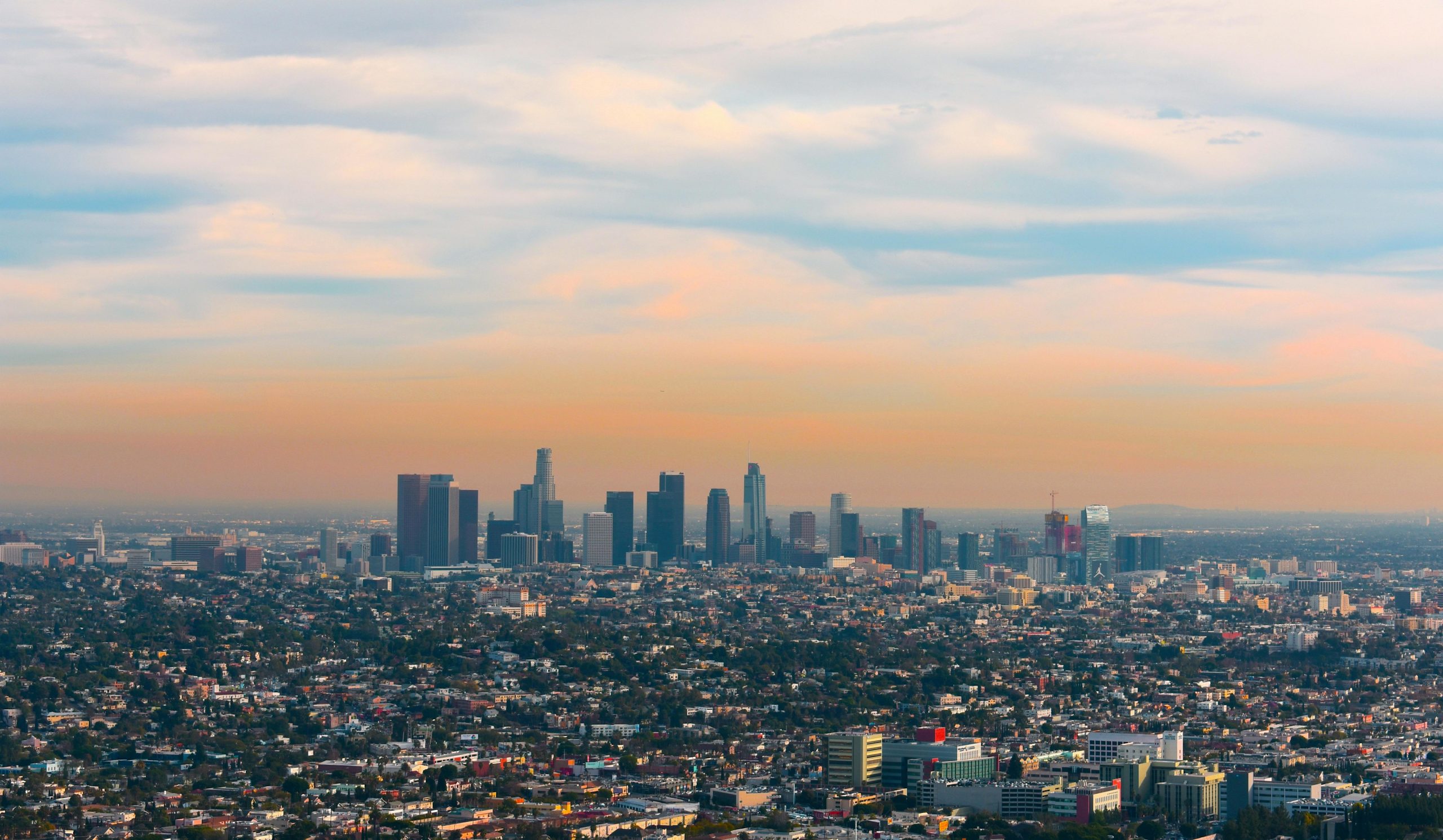
Los Angeles.
City of Angels…and smog.
In LA, famous for its smog as much as its celebrities and palm trees, bad air quality is sort of par for the course like the constant rush hour traffic no matter the time of day – this is just a fact of life.
Natural topography exacerbates the problem since the city sits in a bowl-shaped depression, surrounded by high mountain ranges that keep the bad air in and the fresh air out.
Many years ago, on a visit to the City of Hope cancer center in Los Angeles we were asked to describe the mechanism of our lead small molecule, RRx-001 (nibrozetone).
Our answer, maybe you already guessed it or maybe not, was “smog” a word that any Angeleno can immediately relate to.
A major contributor to smog is nitrogen oxides. These are highly reactive gases, the most significant of which is nitric oxide (NO).
When RRx-001 (nibrozetone) encounters a tumor, it fragments and releases huge amounts of nitric oxide. By itself nitric oxide is minimally active at best, but in the presence of superoxide (O2•−) free radical, watch out, because NO reacts with O2•− to form toxic levels of peroxynitrite (ONOO-), which damages lipids, proteins, and DNA. NO also reacts with oxygen to form nitrogen dioxide (NO2) that, in turn, combines with moisture to form the highly corrosive nitric acid (HNO3), a component of acid rain.
So, the antitumor mechanisms of action of RRx-001 (nibrozetone) are…smog and acid rain.
